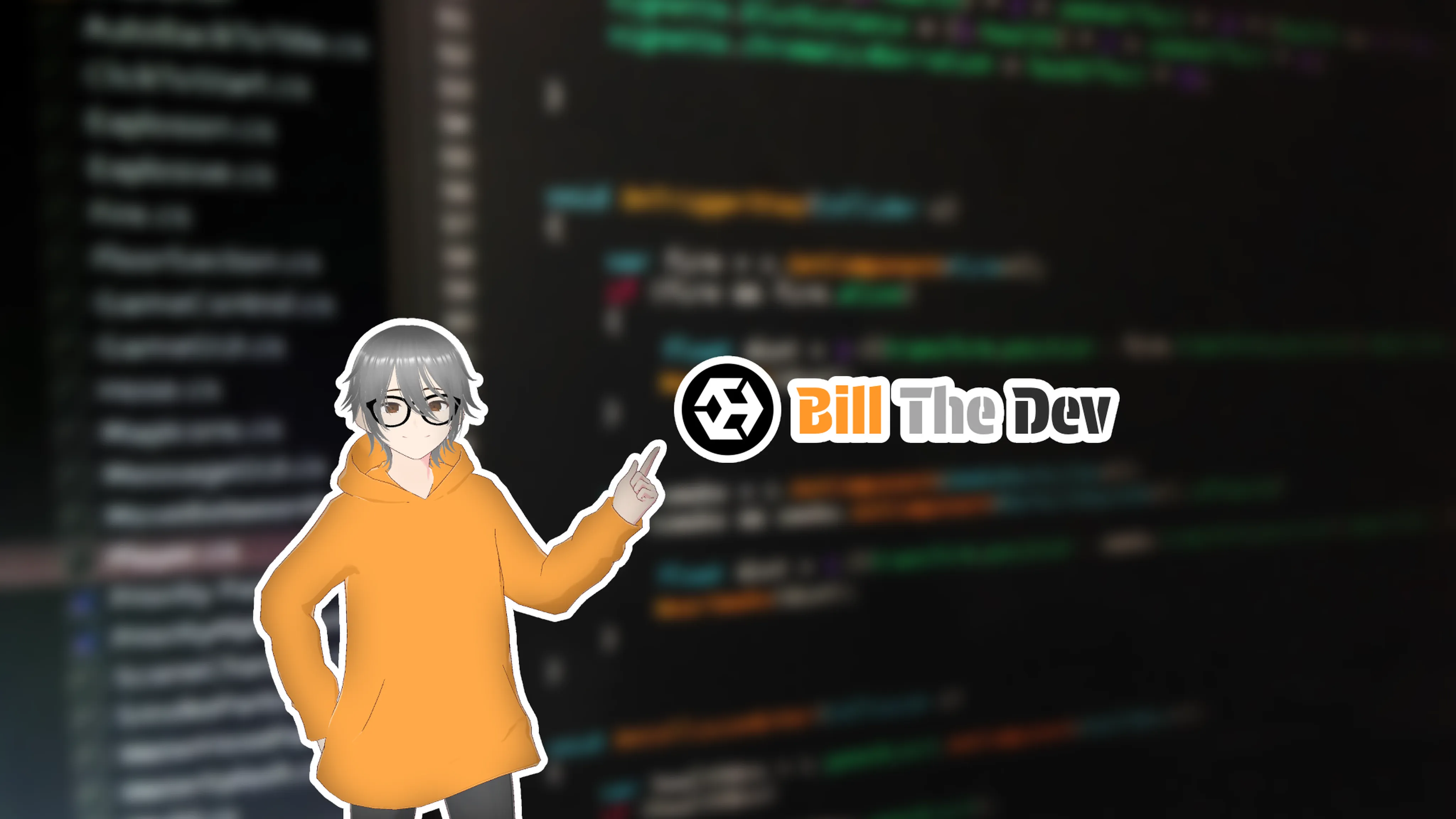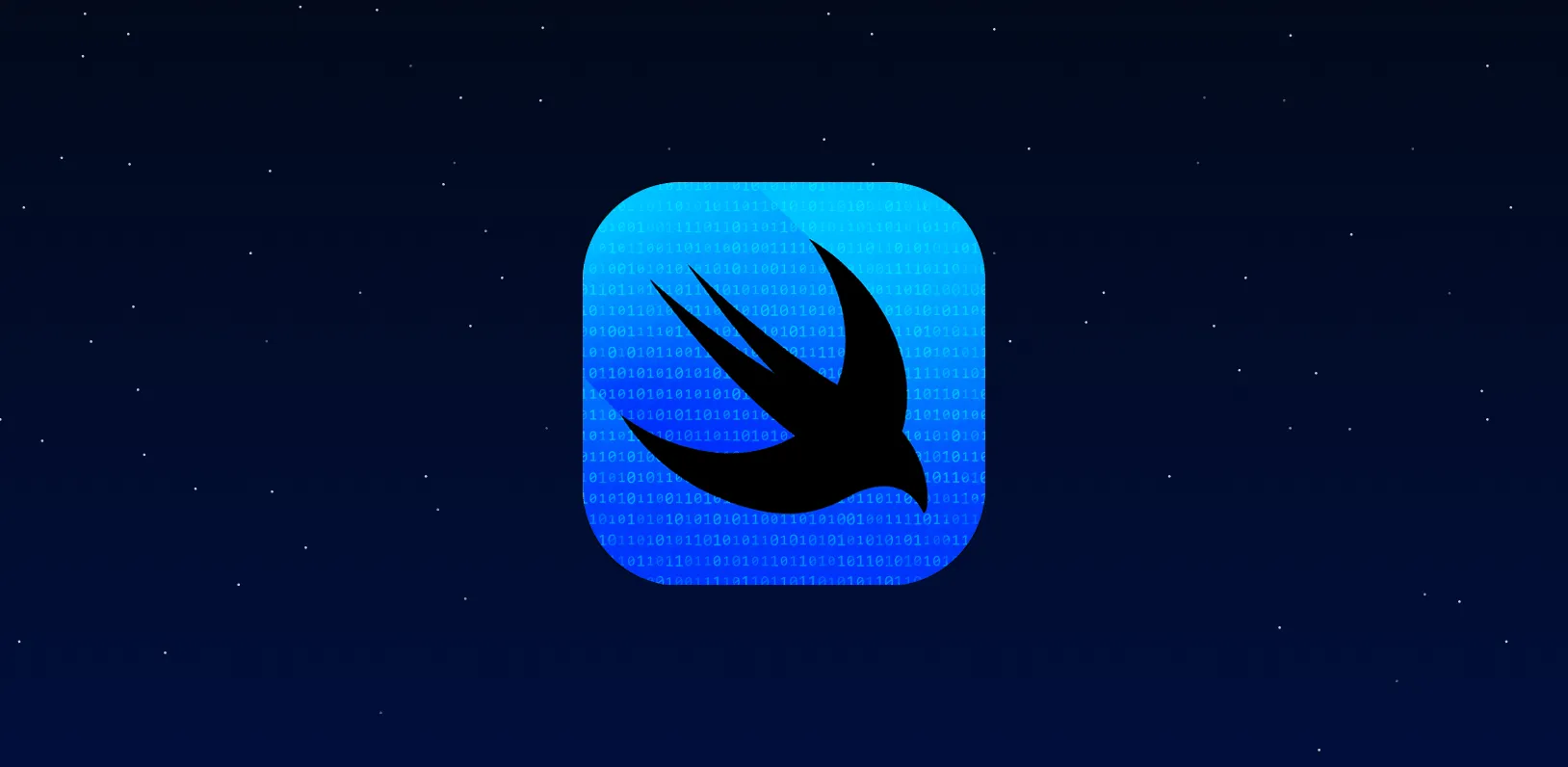Speedrun Swift UI Lesson 1 - Part I: Introduction to Basic Swift Concepts
I. Getting Familiar with Basic Swift
In this part, we will introduce the core elements of Swift, a powerful programming language developed by Apple. Mastering these basics is essential for anyone who wants to develop Swift applications for iOS, macOS, watchOS, or tvOS.
Topics Covered:
- Variables and Constants (
varandlet): Learn the differences between mutable and immutable data. - Swift’s Basic Data Types: Understand how Swift stores and handles different kinds of data.
- Conditional Statements: Control the flow of your code using
ifandswitch. - Practice Exercises: Sharpen your skills with practical coding challenges.
1.1. Variables and Constants in Swift
What is a Variable?
In Swift, variables are containers that can store values, and those values can change over time. You declare a variable using the var keyword.
var message = "Hello, Swift!" // This is a variable
message = "Hello, World!" // Value can be changed
print(message) // Output: Hello, World!
- Why use variables? Variables are useful when you need to keep track of changing information such as user input, scores in a game, or the current state of an app.
What is a Constant?
A constant, on the other hand, is a container for data that cannot change once it has been set. Constants are declared using the let keyword.
let pi = 3.14159 // This is a constant
// pi = 3.14 // Error: Cannot change a constant's value once assigned
print(pi) // Output: 3.14159
- Why use constants? Constants are ideal when working with values that should never change after being set, such as mathematical constants or configuration settings.
Differences Between Variables and Constants
Mutability:
- A variable (
var) can be changed after its initial assignment. - A constant (
let) cannot be changed once it’s been initialized.
- A variable (
Use Cases:
- Use variables when the value is expected to change over time.
- Use constants when the value should remain fixed throughout the program.
Example: Calculating Circle Area
let radius = 5.0 // A constant
var area = 3.14159 * radius * radius // Using the constant in a variable
print("The area of the circle is \(area)")
1.2. Swift’s Basic Data Types
Swift is a strongly-typed language, meaning that every variable or constant must have a specific data type. Here are some of the most commonly used data types:
Int: Stores whole numbers.
var age: Int = 25Double: Stores decimal numbers (floating-point).
var height: Double = 1.75String: Stores text.
var name: String = "Alice"Bool: Stores Boolean values (
trueorfalse).var isLoggedIn: Bool = true
Type Inference
Swift can automatically infer the type of a variable or constant based on the value you assign to it. You don’t always need to explicitly declare the type.
var score = 100 // Swift knows this is an Int
var temperature = 37.5 // Swift knows this is a Double
1.3. Conditional Statements: if and switch
Controlling the Flow of Code with if
The if statement in Swift allows you to execute a block of code based on a specific condition. If the condition is true, the block of code inside the if statement is executed.
let temperature = 30
if temperature > 25 {
print("It's a hot day!")
} else {
print("It's a cool day!")
}
- Explanation: The program checks if the temperature is greater than 25. If the condition is true, it prints “It’s a hot day!”, otherwise it prints “It’s a cool day!”.
Example: Nested if-else
let grade = 85
if grade >= 90 {
print("You got an A!")
} else if grade >= 80 {
print("You got a B!")
} else {
print("Keep improving!")
}
- Explanation: Based on the value of
grade, the program prints different messages. This is useful for grading systems, user permissions, and more.
Using switch for Multiple Cases
The switch statement allows you to check multiple possible values for a single variable.
let dayOfWeek = 3
switch dayOfWeek {
case 1:
print("It's Monday")
case 2:
print("It's Tuesday")
case 3:
print("It's Wednesday")
default:
print("Unknown day")
}
- Explanation: The
switchstatement matches thedayOfWeekvalue with the cases and executes the corresponding block of code.
Example: Using switch with Ranges
let score = 85
switch score {
case 90...100:
print("Excellent!")
case 80..<90:
print("Good job!")
case 70..<80:
print("You passed!")
default:
print("Keep trying!")
}
- Explanation: The
switchstatement can also work with ranges, which is useful when dealing with grades, age ranges, or levels in a game.
Exercises
Age Checker: Write a program that checks a person’s age and prints whether they are eligible to vote (>= 18 years old).
let age = 17 if age >= 18 { print("You can vote!") } else { print("You're too young to vote.") }Day of the Week: Write a program using
switchto print the name of the day of the week based on an integer value from 1 to 7.let day = 5 switch day { case 1: print("Sunday") case 2: print("Monday") case 3: print("Tuesday") case 4: print("Wednesday") case 5: print("Thursday") case 6: print("Friday") case 7: print("Saturday") default: print("Invalid day") }
Conclusion
In this part, we’ve covered the basics of Swift’s variables, constants, data types, and conditional statements. These are the building blocks of every Swift application, and mastering them is the first step toward becoming a proficient Swift developer.
In the next part, we will explore loops, functions, and complex data types.

